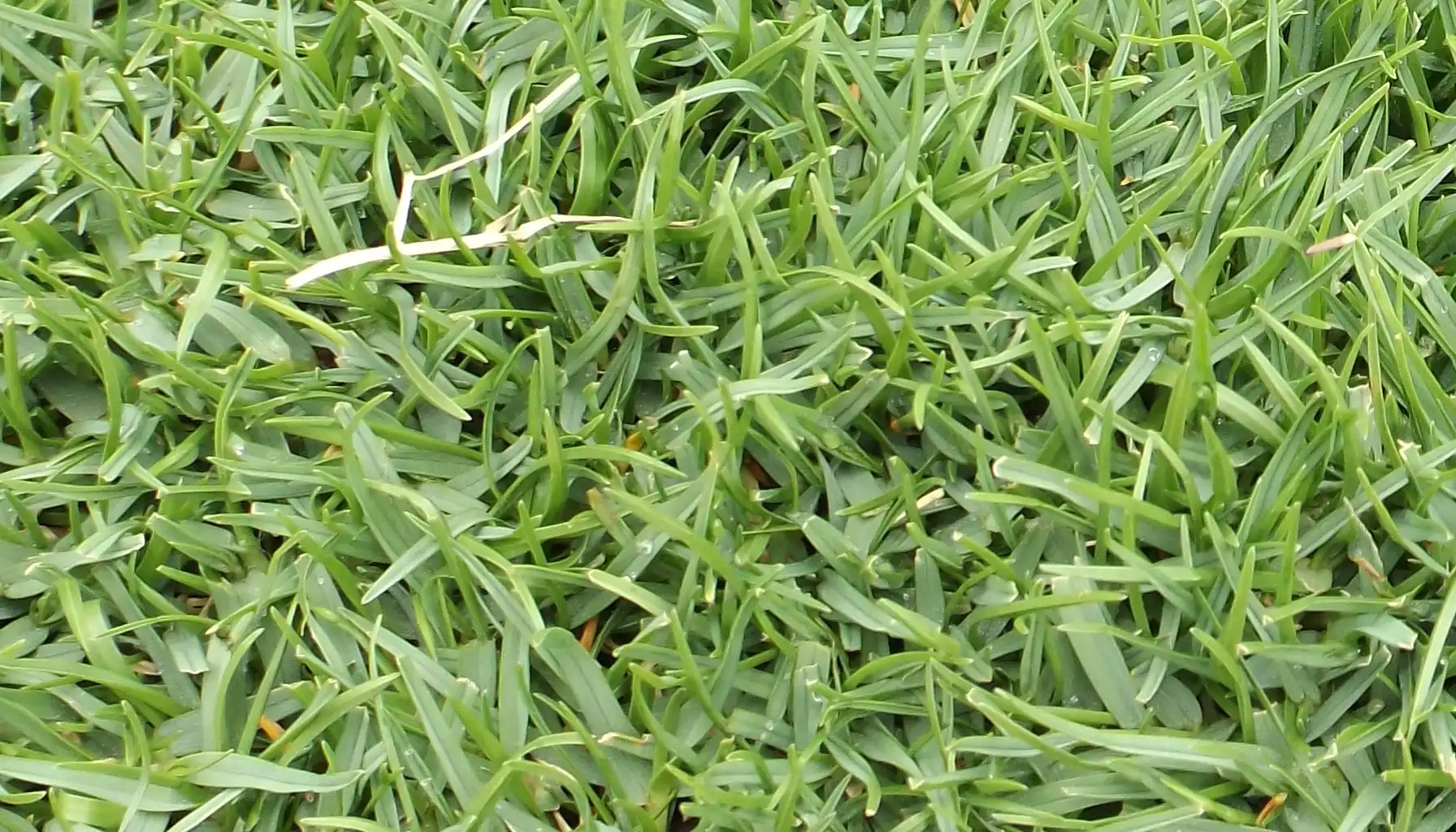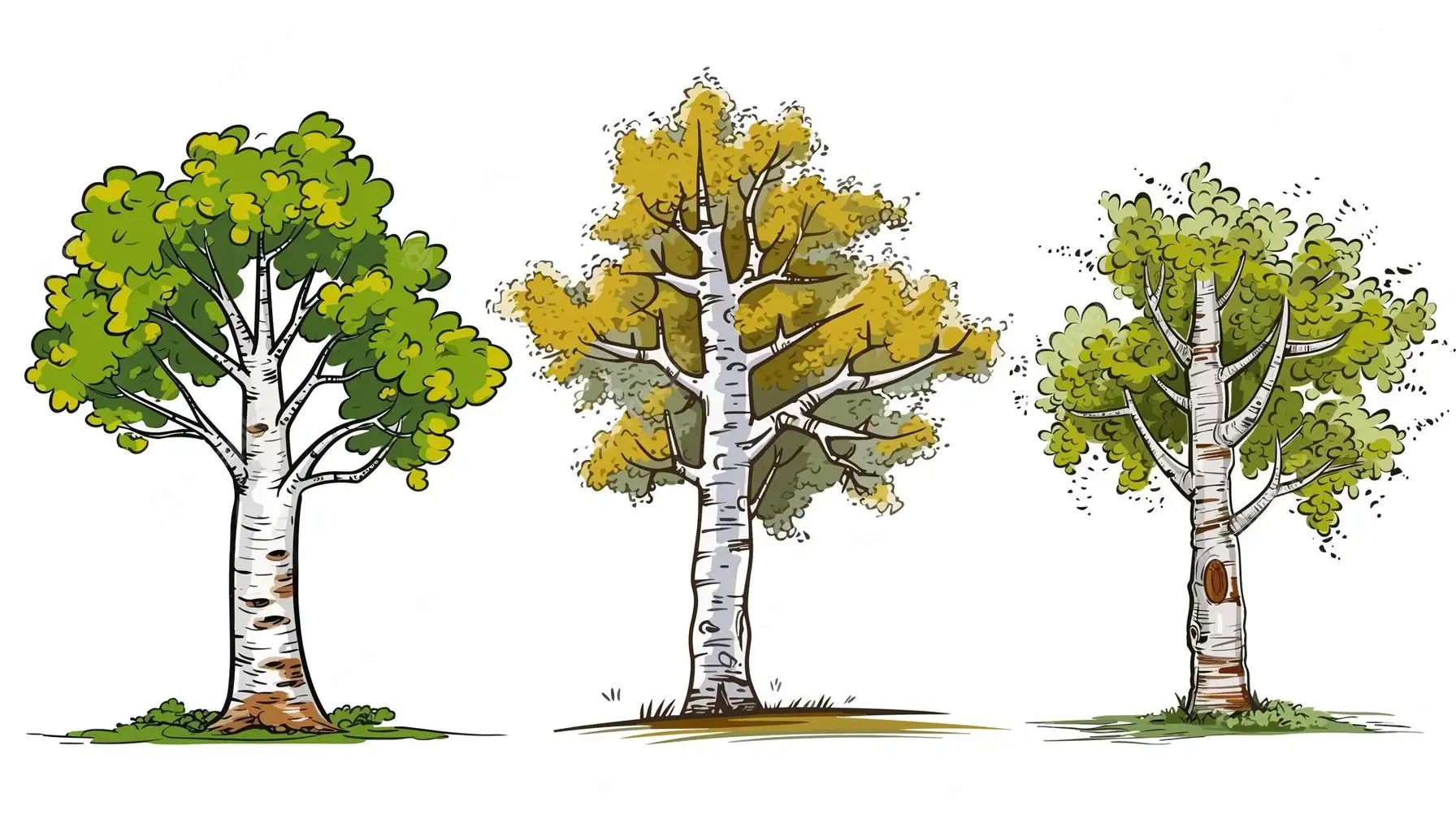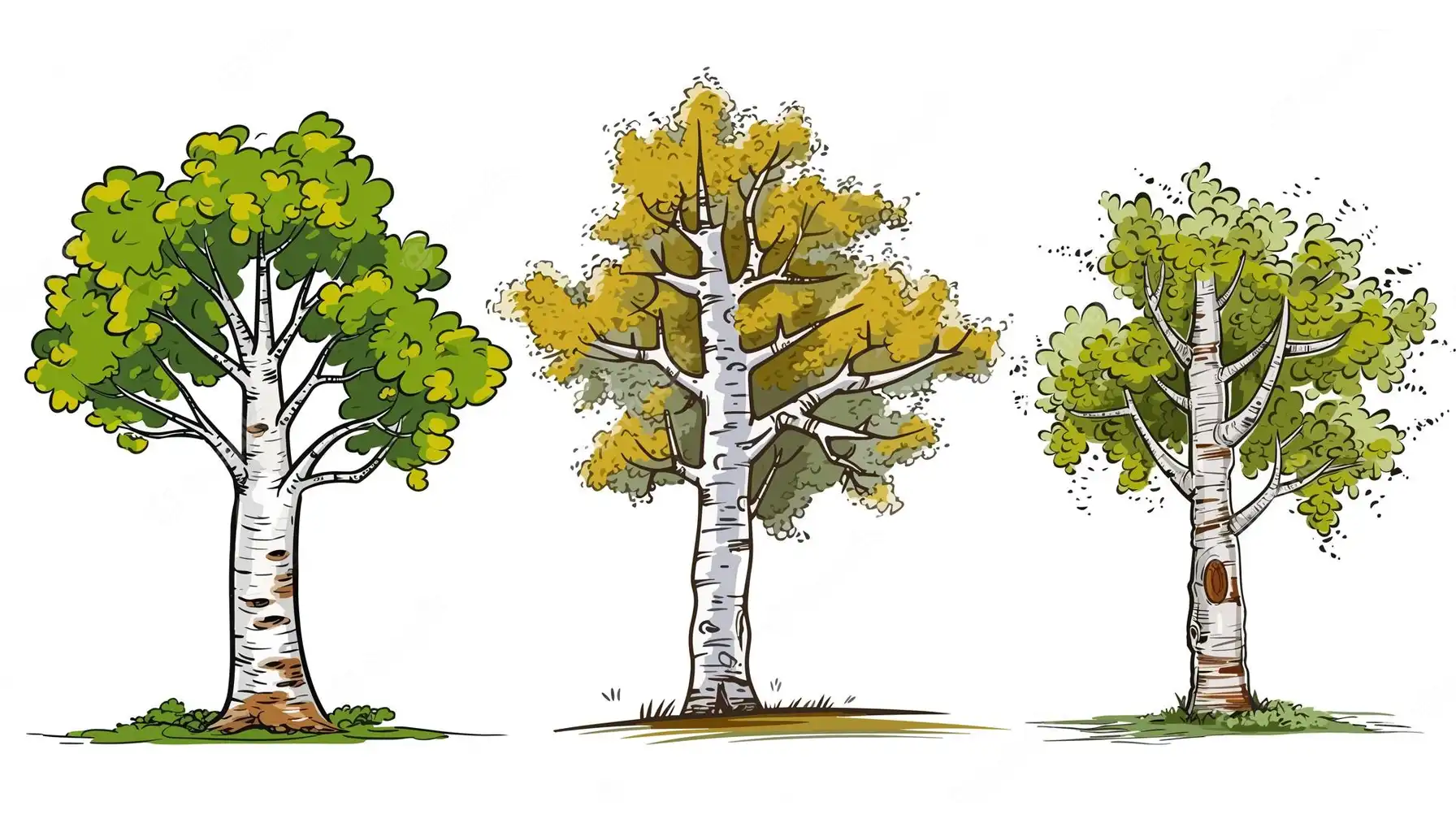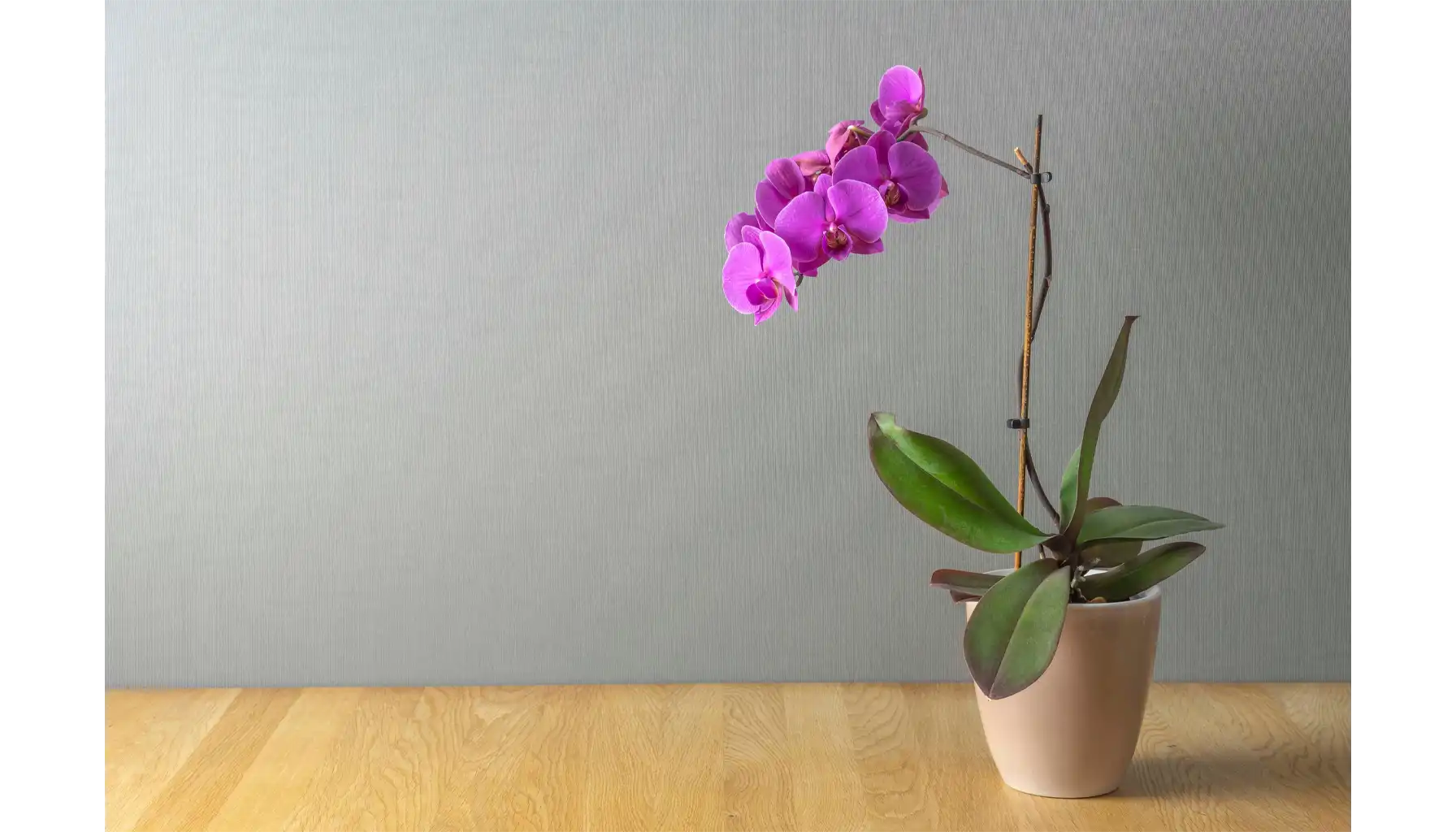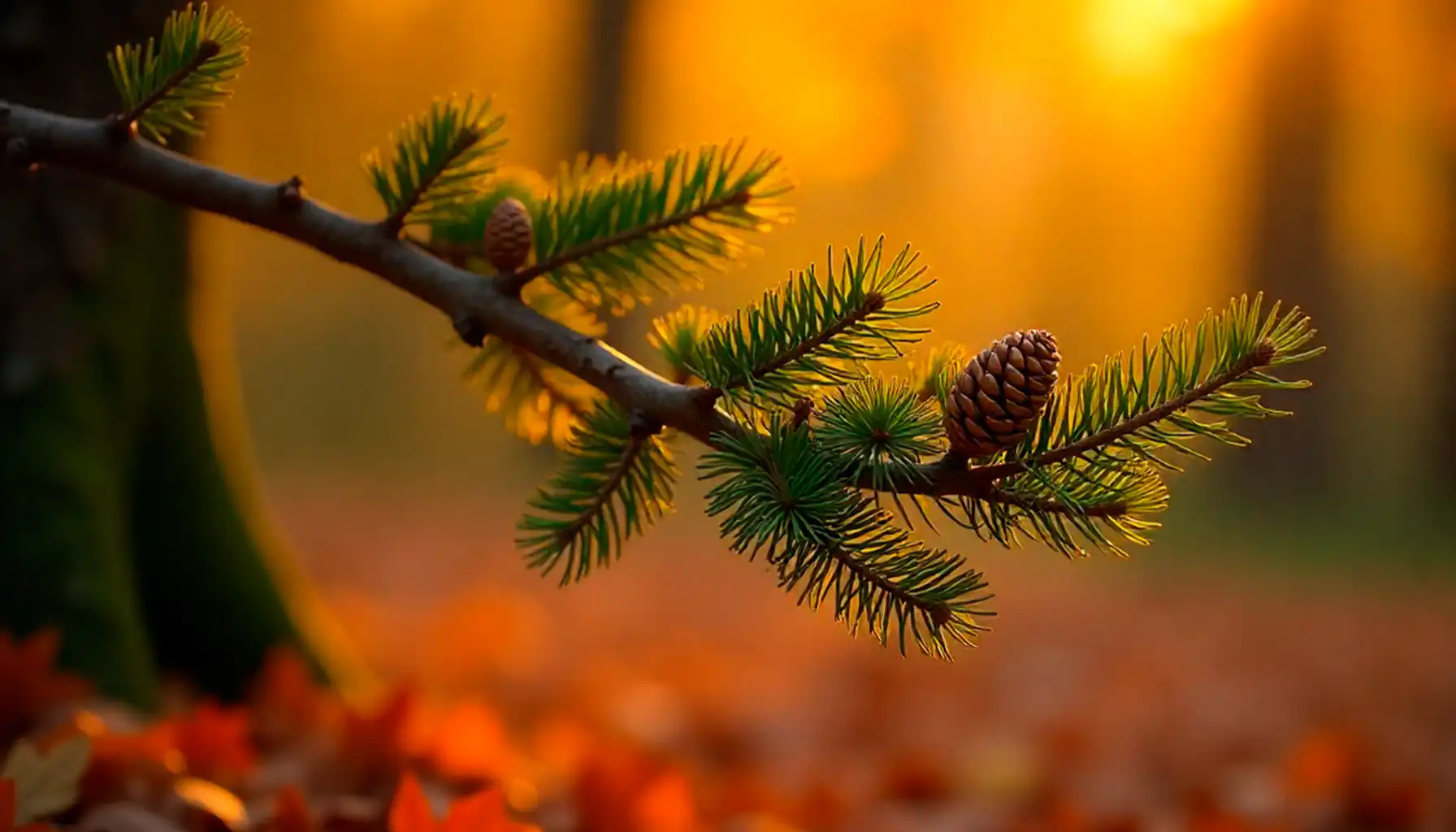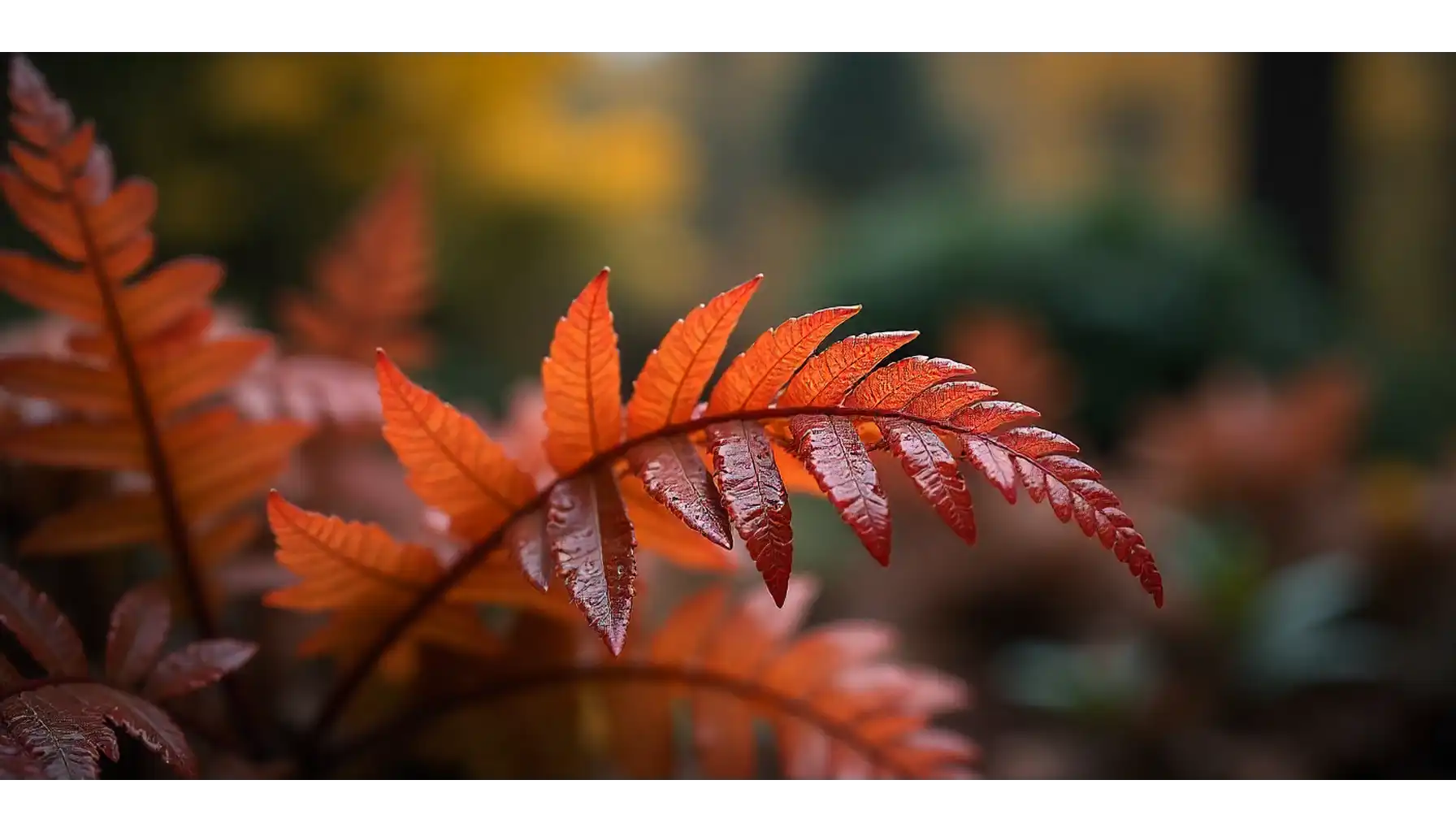Enjoying flora can be harmful: it is a tortured beauty that, for many, comes with a price – sneezing fits, itchy skin, or even blistering rashes. What looks like a harmless wildflower may appear to be a floral creation far from the allergy free plants and the rest. For those who suffer, it is vital to acknowledge the difference between harmful plants and those that do not affect health.
How to identify a plant that is to offer pleasure, not suffering? Which apps to employ to spot trouble before it hits? And why does it matter? Let nature be your ally, not the enemy, with the right tools and approaches employed.
What Are Allergy Friendly Plants, and Which Ones Should You Avoid?
People with an allergy to plants know how difficult it may be to cherish nature and cope with its mechanisms at the same time.
Fortunately for such people, there still exist natural creations that produce little to no airborne pollen, contact irritants (e.g., sap, oils, or thorns), spores, cross-reactive proteins, and the like, which are generally safer for sensitive people. These usually include tulips, daffodils, magnolia, redbud, peace lilies, succulents, etc. The more profound info about such floral inhabitants will be covered further. These are high to low allergy plants that one should better avoid if sensitive:
Trees (Major Pollen Producers): Birch, oak, cedar, maple, elm.
Grasses: Bermuda grass, timothy grass, Kentucky bluegrass, ryegrass.
Weeds: Ragweed, mugwort, lamb’s quarters, pigweed.
Indoor Creations: Orchids, spider plants, English ivy.
Ferns, Mosses & Vines (Spore or Oil-Based Reactions): Poison ivy, poison oak leaves, poison sumac, mosses and liverworts, asparagus.
Related article: Deadly Dangers: A Few Poisonous Plants to Avoid in the US
How Plant ID Apps Help with Allergies
It is an open secret that prevention is the best treatment, however vague this idea may be. To narrow down the selection of allergy causing plants, one may appeal to reputable resources and apps that store information about anything vital, including toxicity, edibility, and the like. So, here is what such ID apps may help you with one day:
Instant Recognition: Plant ID apps can identify any type of greenery with photos only! You do not need to guess: scan the plant and wait for the app to analyze it to deliver relevant information and define if this or that creation is innocent or secretly poisonous.
Distinguishing High-Risk vs. Anti Allergy Plants: The better part of the apps offer background information about the plant. Employ this data to make better choices when gardening, landscaping, or simply choosing where to sit at the park.
Real-Time Pollen & Allergy Data: Some digital tools may integrate with local pollen forecasts or crowd-sourced allergy maps. These help you avoid areas filled with pollen and other substances that may be devastating to your health.
Tracking and Learning: Once you use the app, this time may be insightful enough for you to get even more intelligent! Keep track of your symptoms and identify plants you have encountered. This is how conscientious people act these days.
Top 5 Plant ID Apps for Those Who Care
App Name | Best For | Key Features | Free Version |
AI Plant Finder | Allergy-aware gardening and plant planning | Quick ID, botanic exploration, garden management tools, water calculator, light meter, plant suggestions | ✅ (Freemium) |
PlantNet | Wild and native plant recognition | Large global database, community-sourced images and data | ✅ |
PictureThis | Identifying common plants and trees | High-quality visual ID, species details, care info | ✅ (With ads) |
iNaturalist | Nature logging and mapping | Crowd-sourced IDs, localized sightings, ecological context | ✅ |
LeafSnap | Leaf-based identification | Detailed leaf recognition, botanical info, offline use option | ✅ |
A Bonus: The Best Indoor Plants for Allergy Sufferers
For those who have health issues, it might be vital to find the appropriate allergy friendly indoor plants and successfully incorporate them into the home environment. Most of them can purify the air, add moisture, and serve as aesthetic magnets, but none of that should come at the expense of triggering allergy symptoms either way.
What one should definitely do is opt for plants that are known as easy to maintain and live with. For those who are still in search of the right option for the indoor garden, we have compiled a list of the best plants for allergy sufferers, according to cleanliness, pollen levels, and mold resistance, which is essential.
Species | Why Opt For | Care Tips | Cautions |
Snake Plant | Produces oxygen at night; low pollen and mold risk | Low light, water sparingly | None significant |
Areca Palm | Natural air humidifier, no pollen | Indirect sunlight, frequent misting | Can attract spider mites when too dry |
Rubber Plant | Large leaves trap dust, easy to wipe clean | Bright, indirect light; moderate watering | Avoid latex-sensitive people |
Dracaena | Removes airborne toxins; no flowers or pollen | Bright light, allow soil to dry between waterings | Mildly toxic to pets |
Peace Lily | Low pollen, absorbs mold spores from air | Low to moderate light, weekly watering | Toxic to pets if ingested |
Bamboo Palm | Non-flowering, moistens air, filters toxins | Indirect light, keep soil moist | None known |
Lady Palm | Excellent at improving air quality, non-irritating | Indirect light, medium watering | May be sensitive to fluoride in tap water |
Aloe Vera | No pollen; has anti-inflammatory benefits | Bright light, allow soil to dry completely | Avoid touching broken skin with a latex layer |
Spider Plant | Air-purifying, low allergen potential if kept dry | Indirect light, do not overwater | Can harbor mold if in damp conditions |
Succulents | Minimal water, mold-resistant, non-flowering indoors | Bright light, occasional watering | Avoid overwatering to prevent root rot |
When you know what to avoid, you make space for everything worth enjoying. Explore what nature has to offer – stay aware and never hide from it again.
Related AI Plant Finder Posts
